One of Europe's biggest Asian art auctions to take place in Belgium
On October 28 and 29, Belgian auction house Rob Michiels will present a large sale of Asian art from several private collections from around the world. With 1300 lots offered, it is one of the biggest Asian art sales Europe has seen this year.
The auction will take place just before Asian Arts Week kicks off in London. The catalog contains several private collections from around the world showcasing a diverse range of pieces including: porcelain, paintings, sculptures, jade, ivory and other objets d'art from China and Japan.
With 1 300 lots, Rob Michiels boasts one of the largest Asian art auctions in Europe this year so far. The lots are of undeniable quality, such as this pair of blue porcelain bottle shape vases (lot 1094.)
Lot 1094. A pair of Chinese blue and white bottle vases, Kangxi. H.: 30 cm. Estimate: € 6000 - € 9000. © Rob Michiels
Lot 220 is signed by the Chinese painter Qi Baishi (1864-1957), known for capturing scenes of rural life. Self-taught, Qi Baishi's works combine poetry, calligraphy, painting and seal and are inspired by traditional literary painting. Yet they are resolutely modern: the energy of his brush, use of ink and vibrant colors.
Lot 220. Qi Baishi (1864-1957), Long melons and their vines, ink and colour on paper. Dim.: 104 x 35 cm (the painting). Dim.: 143 x 53,5 cm (incl. frame). Estimate: € 15000 - € 25000. © Rob Michiels
For collectors of teapots, lots 223 and 224 are unmissable. The first is a very rare teapot with an erotic decor and the second features a semi-erotic scene. Both date from the time of the Chinese Emperor Qianlong.
Lot 223. A Chinese famille rose teapot and cover with erotical design, Qianlong. H.: 11,5 cm - L.: 17 cm. Estimate: € 2000 - € 4000. © Rob Michiels
Lot 224. A Chinese famille rose teapot and cover with erotical design, Qianlong. H.: 12,5 cm - L.: 18 cm. Estimate: € 1500 - € 2500. © Rob Michiels
A blue and white porcelain plate from China entitled "Three Friends of the winter", is marked with the Qianlong period (lot 500). The piece comes from the collection of Soame Jenyns, an expert on Chinese porcelain.
Lot 500. A Chinese blue and white “Three Friends of Winter” dish, Qianlong mark and period. Dia.: 17,8 cm. Estimate: € 8000 - € 12000. © Rob Michiels
Including a box. Full provenance including old catalogues and the book “Later Chinese porcelain” included with the piece.
Provenance: - The collection of P.J. Donnelly
- The collection of Soame Jenyns
- Published in “Later Chinese porcelain”, Soame Jenyns, 1951, pl. XCV.
- Sotheby Parke Bernett, Hong Kong, Nov. 16, 1983, Lot 514 (Illustrated on plate 8)
- Exhibited : From the Tang to the Qing: Chinese Ceramics from circa 618-1850 A.D.
- The collection of Dr. and Mrs. Peter Thompson, Hull University, Hull, UK, 1996, cat. no. 115
- Sotheby’s, London, Nov. 7, 2012, “Chinese ceramics from the collection of Peter and Nancy Thompson”, Lot 78
- An English private collection.
See also: - A similar example in the collection of the Palace Museum, Beijing, published in: A Contrast between Genuine and Fake Porcelain And The Porcelain Specimens from Ancient Kiln Sites Collected in the Palace Museum (Pictorial Album). Beijing, 1998 (故宫藏传世瓷器真赝对比·历代古窑址标本图录).
Page 117, Picture 91.
- Sotheby's, New York, March 19, 2016, Lot 1412, for a similar example.
A blue and white 'Three Friends of Winter' dish, Qianlong seal mark and period, Diameter 7 1/8 in., 18 cm. Sold for 35,000 USD at Sotheby's, New York, March 19, 2016, Lot 1412. © Sotheby's
Cf. my post: A blue and white 'Three Friends of Winter' dish, Qianlong seal mark and period
This model of a soapstone Luohan signed Yu Xuan and dating from the 17th/18th century, is from a private Belgian collection and is one of the star lots of the sale. Yang Yuxuan was one of the sculptors of the Emperor Qianlong's Imperial workshop.
Lot 765. A Chinese shoushan stone figure of a Luohan, signed Yu Xuan, 17-18th century. Estimate: € 10000 - € 20000. © Rob Michiels
H.: 9,5 cm - L.: 8 cm - W.: 6,5 cm. Presented on a fitted red velvet-lined base.
Provenance: A Belgian private collection
Yang Yuxuan was a carver for the imperial workshop of emperor Qianlong.
Seals from his hand are published in: “Seal Impressions of Emperors and Empresses in Qing Dynasty, Collected by Palace Museum”, vol. 5, volume of Qianlong 1, p. 20, Forbidden City Publishing House, 2005.
See also: - Christie’s, London, 9 Nov. 2010, Fine Chinese ceramics and works of art, Lot 96 for another figure signed Yu Xuan
- Sotheby’s, New York, 13 Sep. 2016, Important Chinese art, Lot 209, for another figure signed Yu Xuan
- Sotheby’s, Hong Kong, 6 Apr. 2016, Important Chinese art, Lot 3686, for another figure signed Yu Xuan
- Xiling Yinshe Auction, Zhejiang, China, 16-19 Jul. 2011, Lot 3189, for another Luohan by the artist
- The Oriental Ceramic Society of Hong Kong exhibition catalogue for Arts from the Scholar's Studio, Fung Ping Shan Museum, University of Hong Kong, Hong Kong, 1986, cat. no. 45, for a soapstone carving of a luohan figure by Yang Yuxuan.
A signed soapstone figure of a sead luoshan, signed Yu Xuan, 18th century, 4 in. (10.3 cm.) high. Estimate GBP 15,000 - GBP 20,000. Price realised GBP 46,850 at Christie's, London, Fine Chinese ceramics and works of art, 9 November 2010, Lot 96. © Christie's Image Ltd 2010.
Finely carved seated on a rockwork base, dressed in long robes with heavy folds, the hem delicately incised with vaporous clouds, holding a ruyisceptre in his left hand, the serene face with finely incised brows and moustache, the hair neatly rendered with soft curls, the back with a two-character signature Yu Xuan.
Note: The Yu Xuan signature is generally attributed to the famous Fujian soapstone carver Yang Ji who was believed to have been active during the early Kangxi period. This superb carving shows several of the characteristics of Yang's works, the rendering of the robes, the heavy jowled face and the exquisite detail.
Compare with another luohan signed by Yang Yu Xuan with similar pronounced facial features and treatment of facial hair illustrated by G. Tsang and H. Moss, Arts from the Scholar's Studio, Hong Kong, 1986, p. 87, no. 45; and another luohan signed Yu Xuan supporting a miniature pagoda above his raised knee in the Palace Museum, Beijing (unpublished). Compare also the soapstone figure bearing the same signature, sold in our Hong Kong Rooms, 27 November 2007, lot 1849.
A soapstone figure of soapstone figure of Vajraputra, signed Yu Xuan, early Qing dynasty. Width 3 1/2 in., 8.9 cm. Estimate 30,000 — 50,000 USD. Lot sold 37,500 USD at Sotheby’s, New York, 13 Sep. 2016, Important Chinese art, Lot 209. © Sotheby's
finely carved with the luohan holding rosary beads, reclining on a pierced rocky outcrop with a resting lion cub, the face carved with a gentle smile, flanked by pendulous earlobes with circular earrings, wearing a long voluminous robe with intricate floral borders, the back incised with a two-character mark, the softly polished stone of a warm caramel color mottled with some opaque and russet inclusions, textile stand (2).
An exceptional soapstone figure of soapstone figure of Vajraputra, by Yang Yuxuan, Ming dynasty, 17th century, width 4.8 cm, 1 7/8 in. Estimate 700,000 — 900,000 HKD. Lot sold 2,480,000 HKD at Sotheby’s, Hong Kong, 6 Apr. 2016, Important Chinese art, Lot 3686. © Sotheby's
exquisitely carved from 'shanbodong' stone of a rich caramel-brown colour in the form of a seated luohanleaning in a relaxed position against a recumbent lion, with a ruyi scepter resting in the crook of one arm, his countenance and serene expression naturalistically rendered, his corpulent body draped in long flowing monastic robes opening at the chest and intricately etched at the hem with swirling clouds on a wave ground and inlaid with semi-precious stones, the lion's tame expression and muscular body finely picked out, intricately incised with a Yuxuan mark between the shoulders.
Provenance: A Shanghai collection, early 20th century, and thence by descent to the current owner, by repute.
Note: Yang Yuxuan, also known by the names Yang Ji, Xuan and Yu Rei, was a native of Zhangpu, Fujian province, and worked as a stone carver in the provincial capital of Fuzhou. His work is praised by one of his contemporaries, the Fujian official Zhou Lianggong, as follows: 'the excellence of his knife work is equivalent to that done by supernatural beings'. Yang's repertoire included carvings of seal knobs, figures, birds, animals and vessels. He is known for the delicate and intricate manner of carving and the carving technique known as bo yi (intentionally thin) is said to have been started by him. The bo yi is a light surface carving where the artists cut the stone into blocks and only lightly carve the surface of the stone in order to preserve as much of the original material as possible. Although the carving remains 'skin-deep' the design can be very elaborate. Yang Yuxuan was a prolific carver but only a very small number of his works are signed. Traditionally, while literary artists, such as poets, writers and calligraphers, were highly venerated and were expected to sign their work, craftsmen such as Yang would generally not have carved their signature on a piece unless it was of particular importance.
The type of soapstone used on the current sculpture is 'shanbodong', a stone found in the Shoushan region in a river area near Doucheng. In traditional connoisseurship on shoushan, the name reputedly derives from the story of a stone digger called Shanbo who passed away while digging for this precious stone in the Xianfeng to Tongzhi period, and the stone was then named after him. It is characterised by its lustrous transparency, with shiny sandy-type elements visible beneath the mottled caramel-brown and red surface.
Another 'shanbodong' figure by Yang Yuxuan of identical form and size from the Conner Prairie Museum, Indiana was sold at Bonhams Hong Kong, 25th May 2011, lot 366.
For a soapstone figure of Avalokitesvara by Yang Yuxuan in the Palace Museum, Beijing, see Yang Boda, Zhongguo Meishu Quanji. Diaosu Bian 6. Yuan Ming Qing Diaosu, 1988, p. 143, pl. 154, and, pp. 44-45, where the author points out that the style of carving the robes, and the cut of the knife itself, is exceptional, in that the cut is diagonal, as opposed to the perpendicular style of most Qing carvers, resulting in a more powerful, realistic effect.
Compare also a soapstone carving of a luohan figure by Yang Yuxuan, included in the Oriental Ceramic Society of Hong Kong exhibition Arts from the Scholar's Studio, Fung Ping Shan Museum, University of Hong Kong, Hong Kong, 1986, cat. no. 45, and a tianhuang figure of a lion from the collection of Wu Pu Xin, sold in these rooms, 7th October 2006, lot 916.
An early Qing dynasty soushan stone arhat carved by Yang Yuxuan.Estimate 1,000,000-2,000,000 RMB. Price Realized 1150000 RMB at Xiling Yinshe Auction, Zhejiang, China, 16-19 Jul. 2011, Lot 3189. © Xiling Yinshe Auction
Finally, although this beautiful huanghuali wooden brush pot is modern in appearance, it dates from the 17th/18th century and is in excellent condition.
Lot 829. A Chinese huanghuali brush pot, 17-18th century. H.: 12,5 cm - Dia.: 10,5 cm. Estimate: € 2000 - € 4000. © Rob Michiels
The public exhibitions will take place from October 21 to 26 from 10am to 6pm CET and on October 27 from 10am to 2pm CET. The auction will take place on October 28 (10am CET: Lot 1-220 and 2pm CET: Lot 221-652) and October 29 (10am CET: Lot 653-875 and 2pm CET: Lot 876-1301).

/https%3A%2F%2Fprofilepics.canalblog.com%2Fprofilepics%2F1%2F0%2F100183.jpg)
/https%3A%2F%2Fstorage.canalblog.com%2F03%2F02%2F119589%2F96711876_o.jpg)
/https%3A%2F%2Fstorage.canalblog.com%2F11%2F31%2F119589%2F94773502_o.jpg)
/https%3A%2F%2Fstorage.canalblog.com%2F20%2F83%2F119589%2F94772815_o.jpg)
/https%3A%2F%2Fstorage.canalblog.com%2F26%2F72%2F119589%2F75604929_o.jpg)
/https%3A%2F%2Fstorage.canalblog.com%2F59%2F60%2F119589%2F26458628_o.jpg)



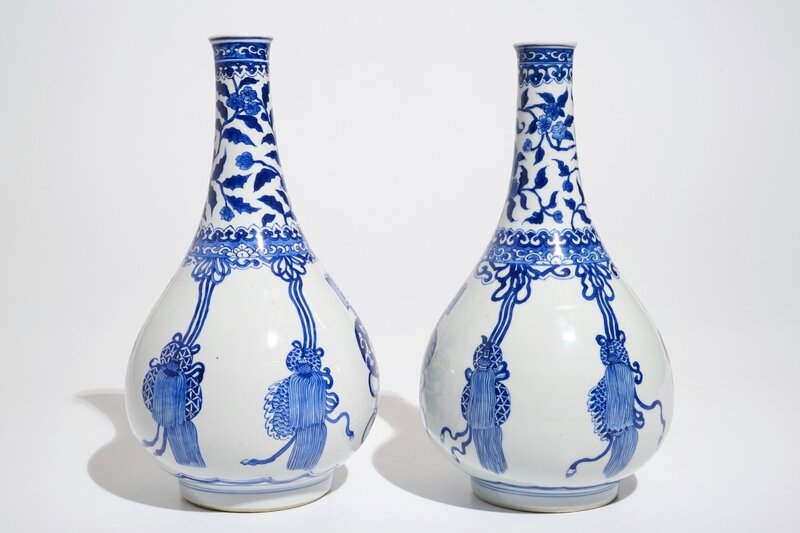
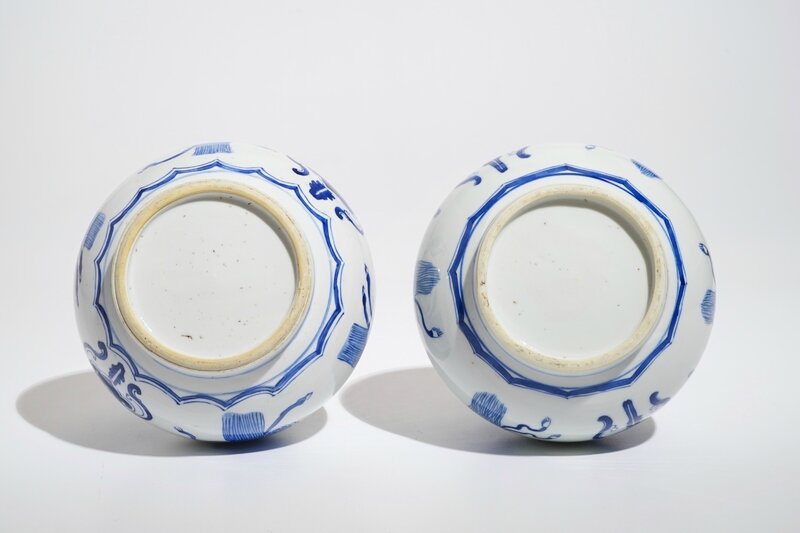
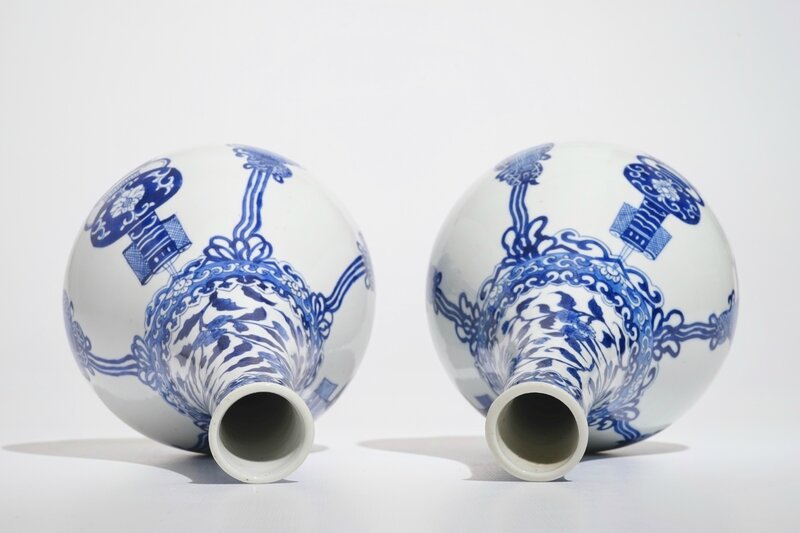

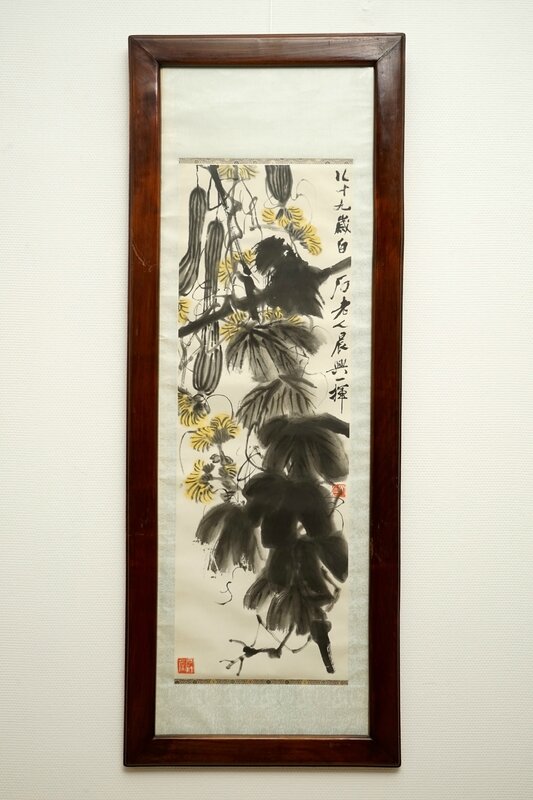


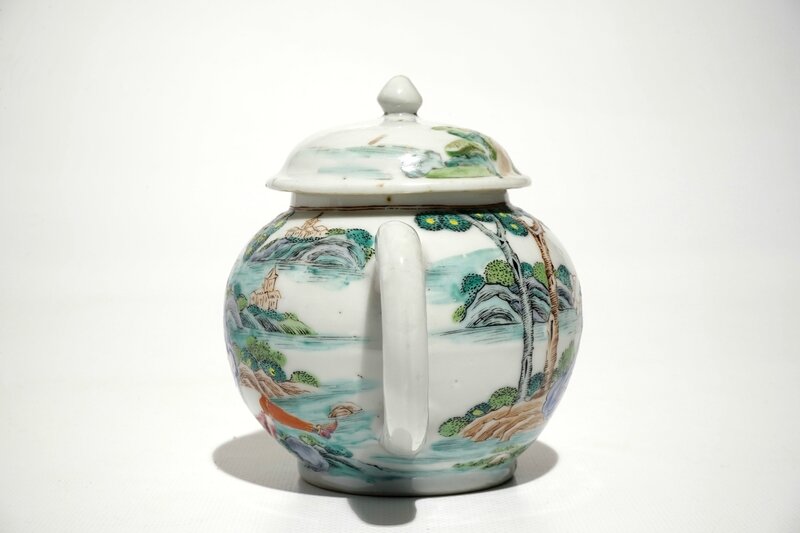
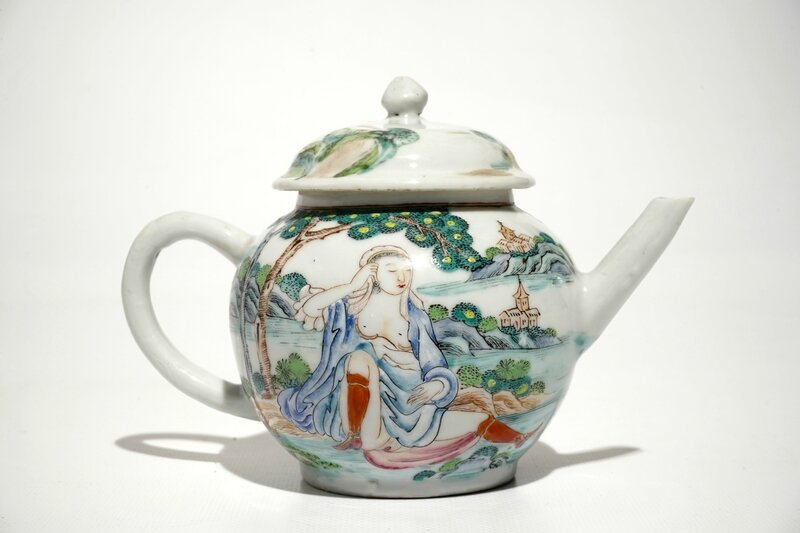

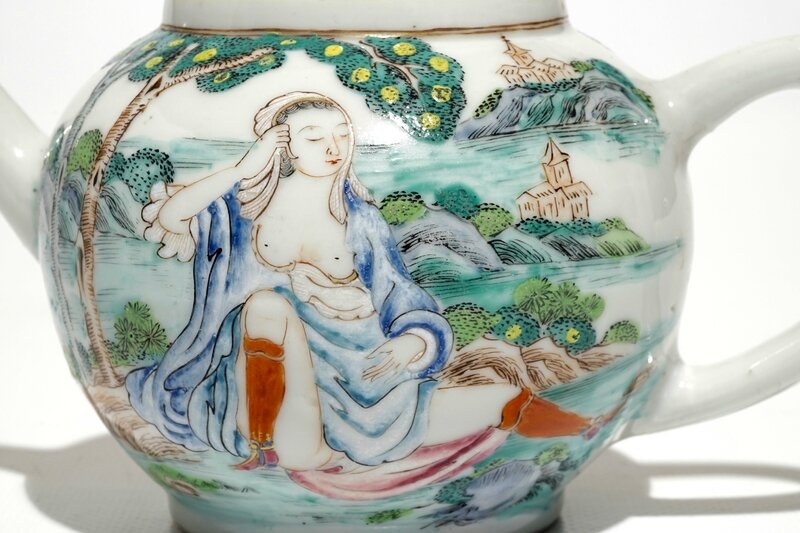




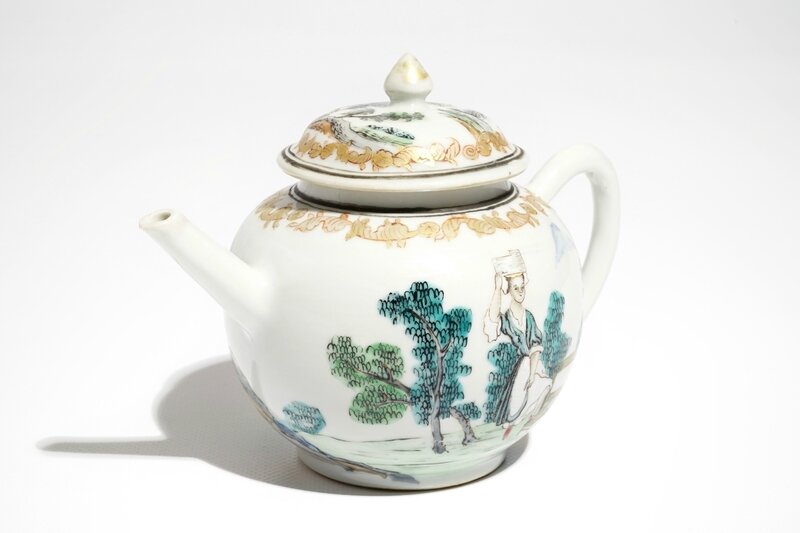













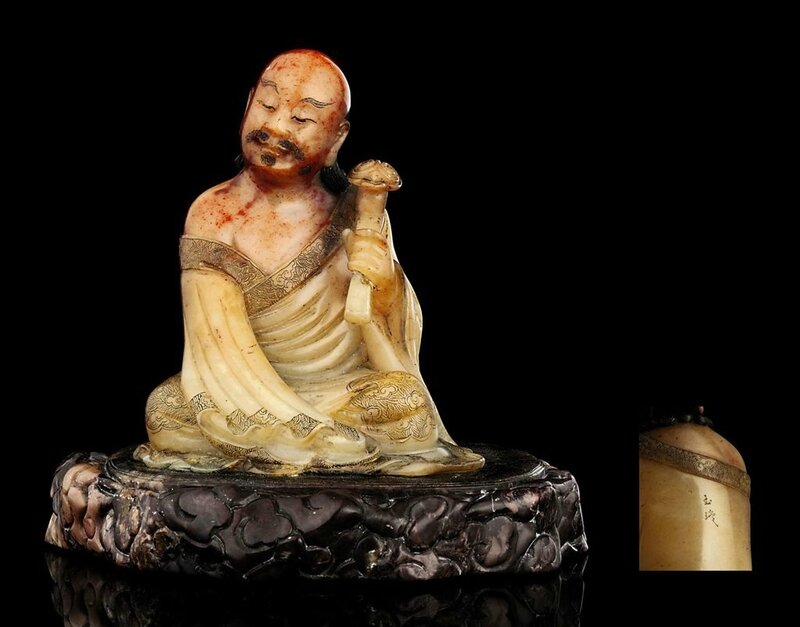
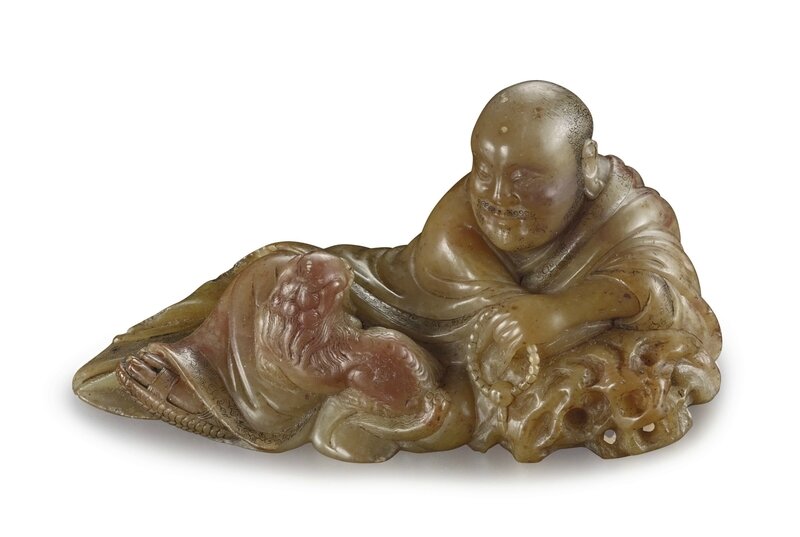






/http%3A%2F%2Fstorage.canalblog.com%2F91%2F48%2F119589%2F128923043_o.jpg)
/http%3A%2F%2Fstorage.canalblog.com%2F84%2F09%2F119589%2F128922928_o.jpg)
/http%3A%2F%2Fstorage.canalblog.com%2F74%2F57%2F119589%2F128709421_o.jpg)
/http%3A%2F%2Fstorage.canalblog.com%2F96%2F72%2F119589%2F128683141_o.jpg)